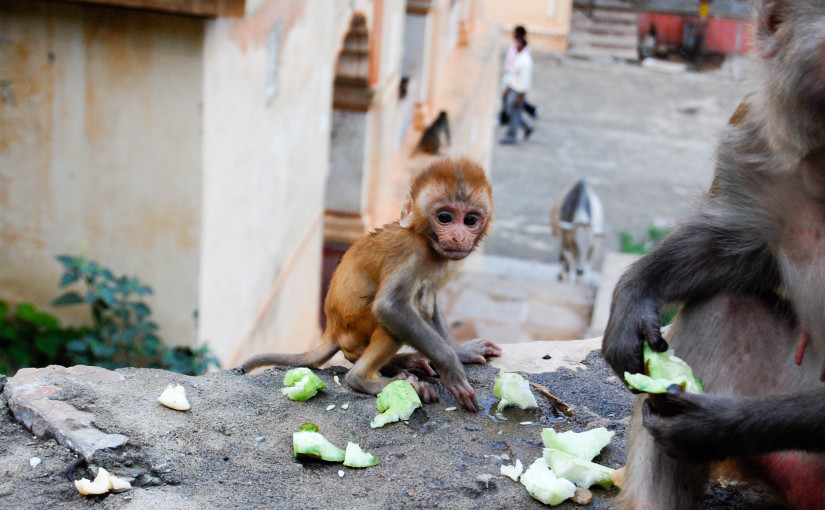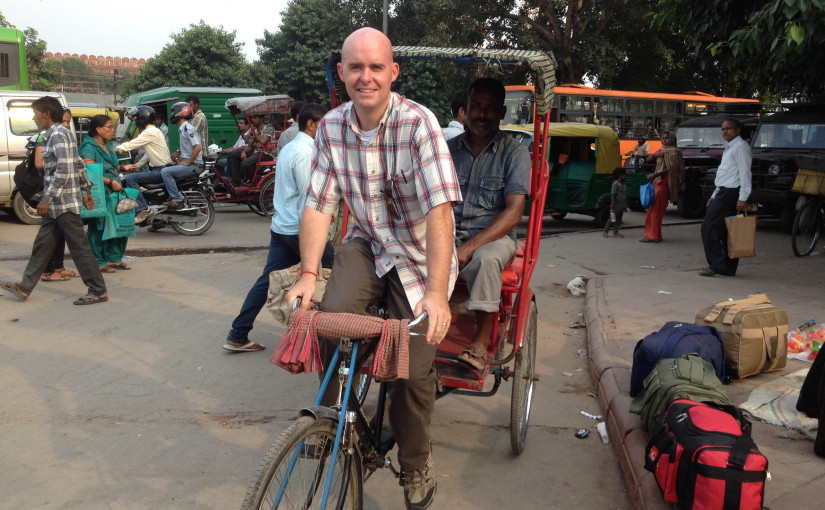Tag: India

Galta Monkey Temple
The first time I went to India, in 2008, I picked up the paper and read about monkeys that were raiding villages and stealing food and medicine. I’m pretty sure I read that they were stealing human babies, too, although now that I try to find an article online about it I’m having a rough…

Not dying in Delhi traffic
There are four things I remember from reading Traffic: Why We Drive the Way We Do (and What It Says About Us) – Never make eye contact at an intersection in Mexico City Late merging is actually the most efficient use of road space even though it infuriates everyone else Risking your life to teach a bad…


